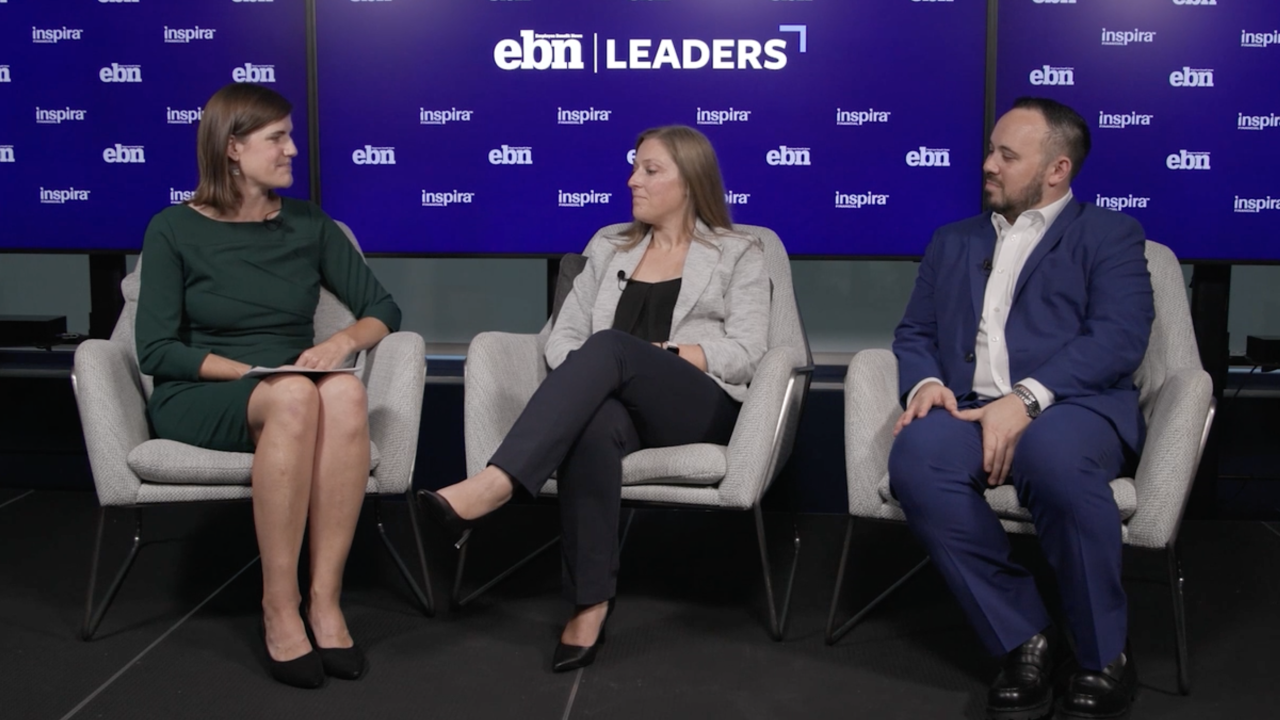Feeling physically safe at work is a luxury that many 9-to-5 employees often take for granted, but it's one that doesn't necessarily extend to workers in other industries.
More than half of frontline workers feel that the
"Threats to safety are not just a hypothetical situation," says Jake Stauch, director of product for Verkada. "This is the daily reality for the majority of frontline workers. Employees have faced many situations that they have felt unprepared for, and are calling to employers to address these matters."
Read more:
Approximately 70% of the U.S. workforce is concentrated in frontline jobs, which includes positions in healthcare, retail and customer service. Within these groups, 59% percent of healthcare workers regularly
"Frontline workers are regularly in contact with patients, customers and guests," Stauch says. "We hear about them being accosted by irate fast-food customers, aggressive airline passengers and violent hospital patients. It's the main cause of distress."
While 76% of employers tasked with overseeing these employees have admitted to having to deal with
Read more:
"This mismatch is a wake up call for employers," Stauch says, noting that one in four individuals admit to turning down a job opportunity due to safety concerns. "Labor shortages have been mounting for frontline jobs, and employers can't afford any preventable attrition."
A first step for employers is
"Beyond the tools and solutions, employers need to take the time to educate their teams on what steps they are taking to ensure their safety," Stauch says. "Safety shouldn't be a privilege reserved for someone working behind a computer screen."






